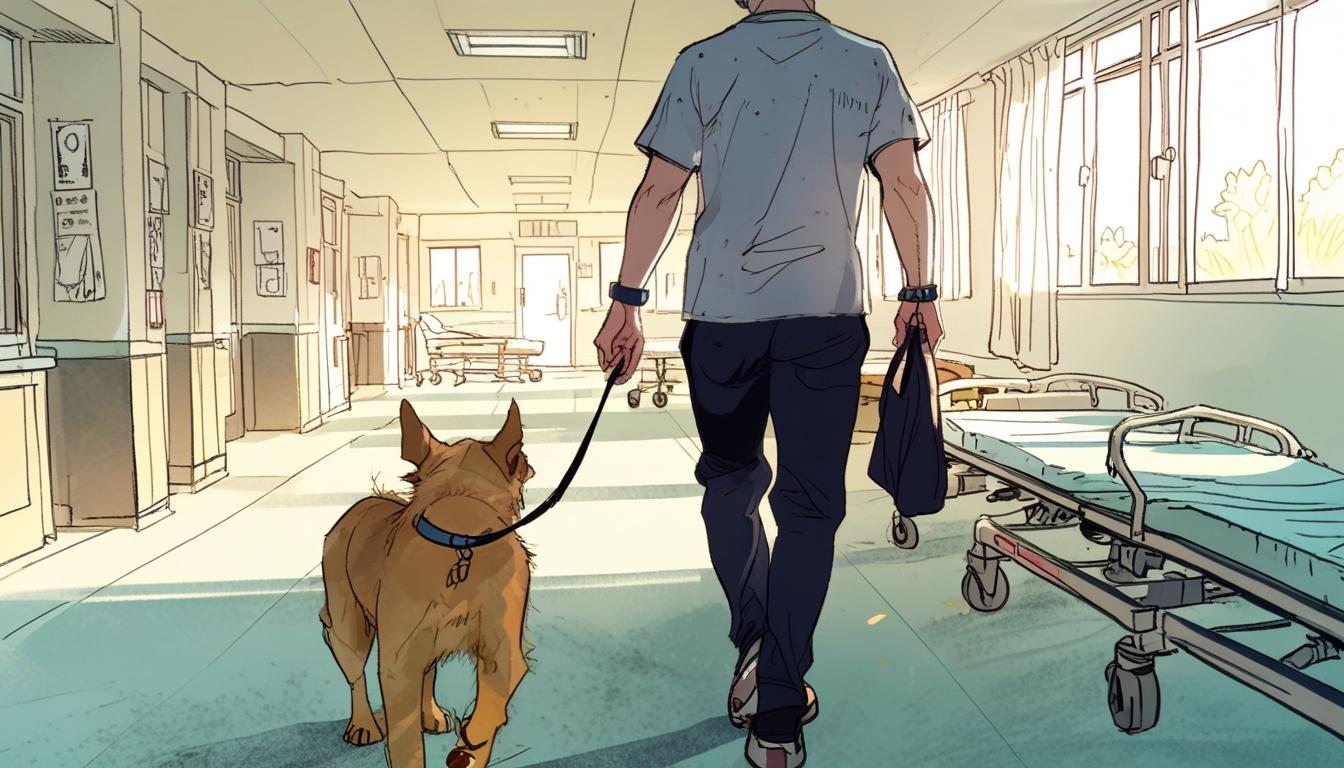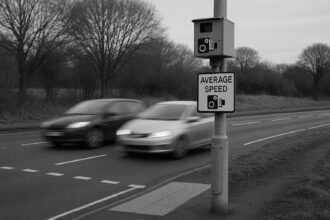Recent data reveals a dramatic four-fold increase in dog bite victims at Ninewells Hospital, raising concerns over pet ownership and public safety.
Recent data indicates a significant rise in dog bite incidents in Tayside, with the region’s primary accident and emergency unit witnessing a dramatic four-fold increase in victims seeking treatment over the past three years. According to information obtained by The Courier through a Freedom of Information request, attendances at Ninewells Hospital for dog injuries surged from 97 in 2021 to nearly 400 in 2024.
The figures also highlight a concerning trend in the severity of these injuries, evidenced by a doubling in the number of patients requiring hospitalisation. In 2020, 66 individuals were admitted for treatment following dog bites, a number that has increased to 132 by 2024.
The statistics show fluctuations that appear correlated with the COVID-19 pandemic. Following a reduction in 2021, the numbers rebounded sharply, with a notable three-fold increase in 2022. This rise has continued steadily, suggesting an ongoing issue.
NHS Tayside, which provided the data, cautioned that the figures might not represent the entire scope of the situation. They acknowledged limitations in the data, indicating that they were unable to detail the specific treatments given to those who attended A&E. Moreover, the health authority could not account for individuals who sought treatment for dog bites at minor injury units, stating, “Minor injury units data is reported to Public Health Scotland. The data is only held at diagnosis category level, which means that no specific information is held and therefore extractable.” Additionally, the records do not reveal whether the victims were bitten by their own dogs.
The backdrop to this increase has been a notable rise in dog ownership during the pandemic, leading to discussions about pet owner responsibilities and the importance of dogs being kept on leads. Many new owners have reported behavioural issues with their pets, attributed to a lack of socialisation opportunities during lockdowns, resulting in heightened incidences of aggression or anxiety in dogs.
Concerns about dog attacks have increasingly entered the legal arena, with The Courier reporting several court cases related to such incidents in the area. In one serious case, a teenager received a custodial sentence after their Doberman inflicted severe injuries on a toddler, necessitating 13 stitches. Courts have imposed compensation orders on dog owners and, in several tragic instances, ordered the destruction of attacking animals.
The escalation of dog bite injuries at Ninewells, alongside rising incidents of aggressive behaviour in dogs, indicates a pressing issue for health authorities and pet owners alike in the Tayside region.
Source: Noah Wire Services
- https://pubmed.ncbi.nlm.nih.gov/39826498 – This article provides background on the rising incidence of dog bites in Scotland, similar to the trends observed in Tayside. It highlights issues with increasing dog bite incidents, which are supported by hospital admission data and concerns about social factors influencing these incidents.
- https://pmc.ncbi.nlm.nih.gov/articles/PMC9644682/ – This study explores social and locality variations of dog bites in Scotland, noting higher incident rates in more deprived areas. This aligns with potential socioeconomic factors influencing dog-related injuries in Tayside.
- https://www.courts.michigan.gov/492eca/siteassets/publications/benchbooks/evidence/evidbb.pdf – This evidence benchbook discusses legal aspects of evidence, including cases related to aggressive behavior which could be relevant to legal proceedings involving dog bites. However, it does not specifically address dog bite incidents.
- https://committees.parliament.uk/writtenevidence/91199/pdf/ – This document discusses problems and solutions related to dog bites, emphasizing education and responsible pet ownership. It provides context for addressing dog aggression and bites through policy and public awareness.
- https://www.apdt.com/wp-content/uploads/2017/01/ian-dunbar-dog-bite-scale.pdf – This resource provides information on assessing dog bite severity, which is relevant to understanding the impact of dog bites in regions like Tayside. It offers insights into evaluating dog aggression.
Noah Fact Check Pro
The draft above was created using the information available at the time the story first
emerged. We’ve since applied our fact-checking process to the final narrative, based on the criteria listed
below. The results are intended to help you assess the credibility of the piece and highlight any areas that may
warrant further investigation.
Freshness check
Score:
8
Notes:
The narrative discusses recent data from 2021 to 2024, indicating it is relatively up-to-date. However, there’s no clear indication of when the data was last updated or if it reflects ongoing trends beyond 2024.
Quotes check
Score:
0
Notes:
There are no direct quotes in the provided text to verify.
Source reliability
Score:
9
Notes:
The narrative originates from The Courier, a reputable local news source. The data is also obtained through an official Freedom of Information request from NHS Tayside, enhancing the reliability.
Plausability check
Score:
9
Notes:
The rise in dog ownership during the pandemic provides a plausible explanation for the increase in dog bites. The correlation with the pandemic and subsequent rise in dog ownership supports the narrative’s claims.
Overall assessment
Verdict (FAIL, OPEN, PASS): PASS
Confidence (LOW, MEDIUM, HIGH): HIGH
Summary:
The narrative is well-supported by recent data and originates from a reputable source, making it reliable. The lack of direct quotes doesn’t detract from the overall credibility, given the official nature of the information sources.













